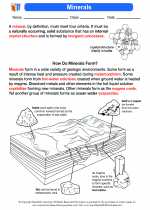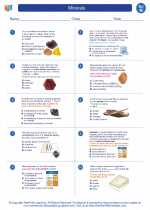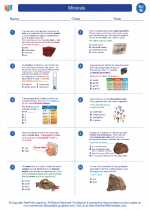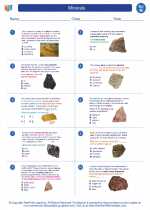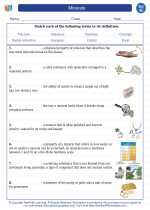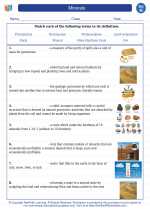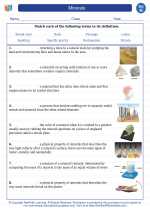Reflection of Light
Reflection of light is the process by which light waves encounter a surface and bounce back. This bouncing back of light is called reflection.
Key Concepts
- Incident Ray: The incoming ray of light that strikes a surface.
- Reflected Ray: The ray of light that bounces off the surface after being struck by the incident ray.
- Normal: An imaginary line perpendicular to the surface at the point where the incident ray strikes.
- Angle of Incidence: The angle between the incident ray and the normal.
- Angle of Reflection: The angle between the reflected ray and the normal.
Laws of Reflection
There are two laws of reflection:
- The angle of incidence is equal to the angle of reflection.
- The incident ray, the reflected ray, and the normal to the surface at the point of incidence all lie in the same plane.
Types of Reflection
There are two types of reflection:
- Regular Reflection: When light is reflected from a smooth surface, such as a mirror, the reflected rays are parallel to each other.
- Diffuse Reflection: When light is reflected from a rough surface, such as a piece of paper, the reflected rays are scattered in different directions.
Applications
Reflection of light has various practical applications, including:
- Formation of images in mirrors and lenses.
- Visibility of objects due to reflection of light.
- Use of reflectors for road safety and in optical devices.
Study Tips
When studying reflection of light, it's important to:
- Understand the laws of reflection and how they apply to different surfaces.
- Practice drawing and analyzing diagrams of reflection using incident rays, reflected rays, and normals.
- Explore real-life examples of reflection, such as how light reflects off various surfaces in your environment.


